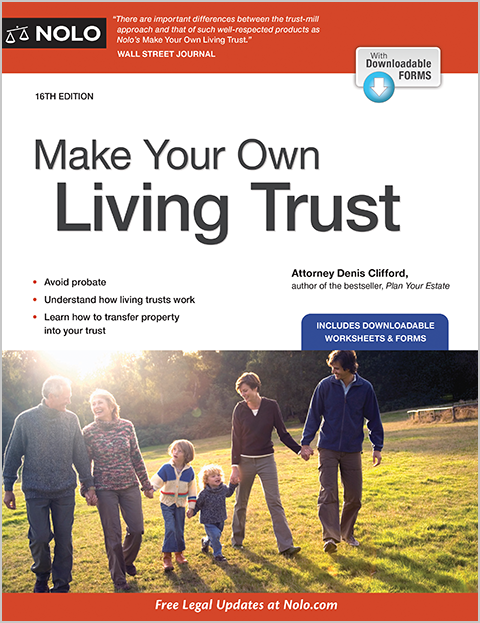Hawaii's law allows terminally ill patients to request aid in dying under certain conditions.
In 2018, the Hawaii legislature passed a medical aid in dying bill called the Our Care, Our Choice Act. Governor David Ige signed the bill into law April 5, 2018, and it took effect on January 1, 2019. Our Care, Our Choice allows terminally ill patients to request life-ending medication in certain clearly defined situations.
In 2024, the latest year for which statistics are available, 73 people received prescriptions under the act and 38 used the prescribed medication to die. (For additional statistics, see the 2024 Our Care, Our Choice Annual Report published by the Hawaii Department of Health.)
This article first clarifies some confusing language related to medical aid in dying laws and then sets out the basics of Hawaii's law.
Medical Aid in Dying, Death With Dignity, Assisted Suicide, Right to Die: What's the Difference?
"Death with dignity" and "medical aid in dying" are two of the most commonly accepted phrases describing the process by which a terminally ill person ingests prescribed medication to hasten death. Many people still think of this process as "assisted suicide" or "physician assisted suicide." However, proponents of medical aid in dying argue that the term "suicide" doesn't apply to terminally ill people who would prefer to live but, facing certain death within months, choose a more gentle way of dying. In fact, Hawaii's law states that terminating one's life under the law is not suicide. (See Haw. Rev. Stat. § 327L-18 (2024).)
Increasingly, health organizations are turning away from the term "suicide" to describe a terminally ill patient's choice to reduce the suffering of an inevitable death. The phrase "aid in dying" is becoming a more accepted way to refer to this process.
You may also see the phrase "right to die" used in place of "death with dignity" or "medical aid in dying." "Right to die," though, is more accurately used in the context of directing one's own medical care—that is, refusing life-sustaining treatment such as a respirator or feeding tubes when permanently unconscious or close to death. You can provide your own health care directions by completing a Hawaii advance health care directive. (See the end of this article for more information.)
Medical Aid in Dying Requirements in Hawaii
To request a prescription for life-ending medication in Hawaii, a patient must be:
- at least 18 years old
- a Hawaii resident
- mentally capable of making and communicating health care decisions, and
- diagnosed with a terminal disease that will result in death within six months.
A patient who meets the requirements above will be prescribed aid-in-dying medication only if:
- The patient makes two verbal requests to their health care provider (a doctor or advanced practice registered nurse), at least five days apart. (The law waives the five-day waiting period if the health care provider has confirmed that the patient is fewer than five days from death when making the initial verbal request.)
- The patient gives a written request to the provider, signed in front of two qualified, adult witnesses. (The law sets out the specific form that the patient must use.)
- The prescribing provider and one other doctor or APRN confirm the patient's diagnosis and prognosis.
- The prescribing provider and one other doctor or APRN determine that the patient is capable of making medical decisions.
- The prescribing provider refers the patient for counseling to confirm that the patient is capable of making medical decisions.
- The prescribing provider confirms that the patient is not being coerced or unduly influenced by others when making the request.
- The prescribing provider informs the patient of any feasible alternatives to the medication, including care to relieve pain and keep the patient comfortable.
- The prescribing provider asks the patient to notify their next of kin of the prescription request. (The provider cannot require the patient to notify anyone, however.)
- The prescribing provider offers the patient the opportunity to withdraw the request for aid-in-dying medication before granting the prescription.
To use the medication, the qualified patient must be able to ingest it on their own. A doctor or other person who administers the lethal medication could face criminal charges.
The Hawaii Department of Health posts information, forms, and updates here: https://health.hawaii.gov/opppd/ococ/.
You can read the full text of Hawaii's Our Care, Our Choice Act on the Hawaii legislature's website.
Learn More
To find out more about the history and current status of medical aid in dying laws in the United States, visit the website of the Death With Dignity National Center.
For information about appointing a health care agent and making known your own wishes for medical care at the end of life, see the Living Wills & Medical Powers of Attorney section of Nolo.com.
Ready to create your will?



